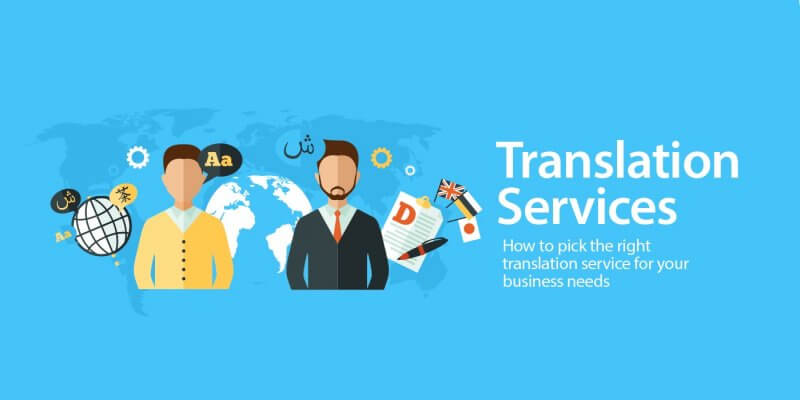7 Things to Pay Attention to for the Best Translation
Of course, there can be no definitive answer as to whether a translation is good or bad. According to a survey of customers using translation services at idichthuat then version good translation is the translation there affordable and meets the purpose of the person who needs it.
In addition, it is also necessary to consider that the translation meets the quality requirements such as: Good writing style, easy to read and understand, save the time of customer censorship to leave a good impression on the customer. Those are some of the factors that idichthuat recommend that you consider it when evaluating translation quality. Those are also the standards that translators need to pay attention to when receiving document translation projects.
+ Note: Choose Translation Company or Personal Translation (Freelance)?
Some points to pay attention to to have a really good translation:
- Does the translation need to use common vocabulary or scientific terms? In English, a word that appears to be a scientific term is sometimes translated into a different meaning than the word commonly used. For example, the word “anomaly” should be used when the word “fault” seems more natural. Should it be translated as “pulmonary disease” while the word “lung disease” seems more understandable to the vast majority of listeners.
- The translation should use words that are easy to understand and must be the most appropriate? The translation actually refers to "social insertion", while "social integration" is more commonly used. It should be mentioned that “eventual problems” – real problems or just “potential issues” – may arise. Either “administrative situation” should be used while “administrative status” is more commonly used.
- Which type of word structure is more commonly used?? For example, English uses the phrase “remotely-accessible device” to refer to a device that is remotely controlled while other languages use the phrase “device that is accessible remotely” or “device that allows remote access” to indicate the device to be controlled remotely. This needs to be understood so that the translation of text documents or translation of movies or video clips is highly relevant to the audience.
- Likewise, the phrases “of”, “for” are commonly used while English uses compound phrases instead, for example “strategy of/for sales” is more commonly used than “sales strategy”.
- Is the definite article (“the”, “a”, “your”…) used as it is in English terms?The phrase “saw an increased productivity” is more commonly used than the phrase “saw increased productivity”. It is even more difficult when phrases like “the terms and the conditions”, “the towns and the cities” are used more commonly than “the terms and conditions”, “the towns and cities” for languages that do not allow It is not uncommon to use the same article for two nouns as in French, while repeating the article "the" twice is unusual in English.
- Does the translation use a purely narrative and eloquent style like English? We've seen a sign in a French museum that says "the king will die in 1483". It is more difficult to translate translations that use rhetorical questions (this often occurs in Spanish-style languages, it makes your translation seem silly). When translating into English, it is necessary to make a precise decision, for example, for a formal document such as a contract to use "don't", "can't" or "do not", "" cannot”, “Who… to?” With “To who(m)…?”, you need to know which writing style really makes a good impression on the reader.
And the last experience we share to have a good translation, the translation must be formatted (presented) exactly like the original, the writing style must be true to its nature and the content must be easy to read.
Sharing translation experiences
Contact us today for the fastest service quote and consultation.

Nguyen Trung Khang - Talented interpreter and translator, passionate about translation
Nguyen Trung Khang is a talented interpreter and translator, with many years of experience in the field of translation and linguistics. He graduated from Ho Chi Minh City University of Education, majoring in Linguistics in 2015.
After graduating, Mr. Khang participated in a professional interpretation and interpretation training course at the University of Foreign Languages - Hanoi National University. He achieved a high-level certificate in interpreting and interpreting, and was also awarded a master's degree in linguistics.


